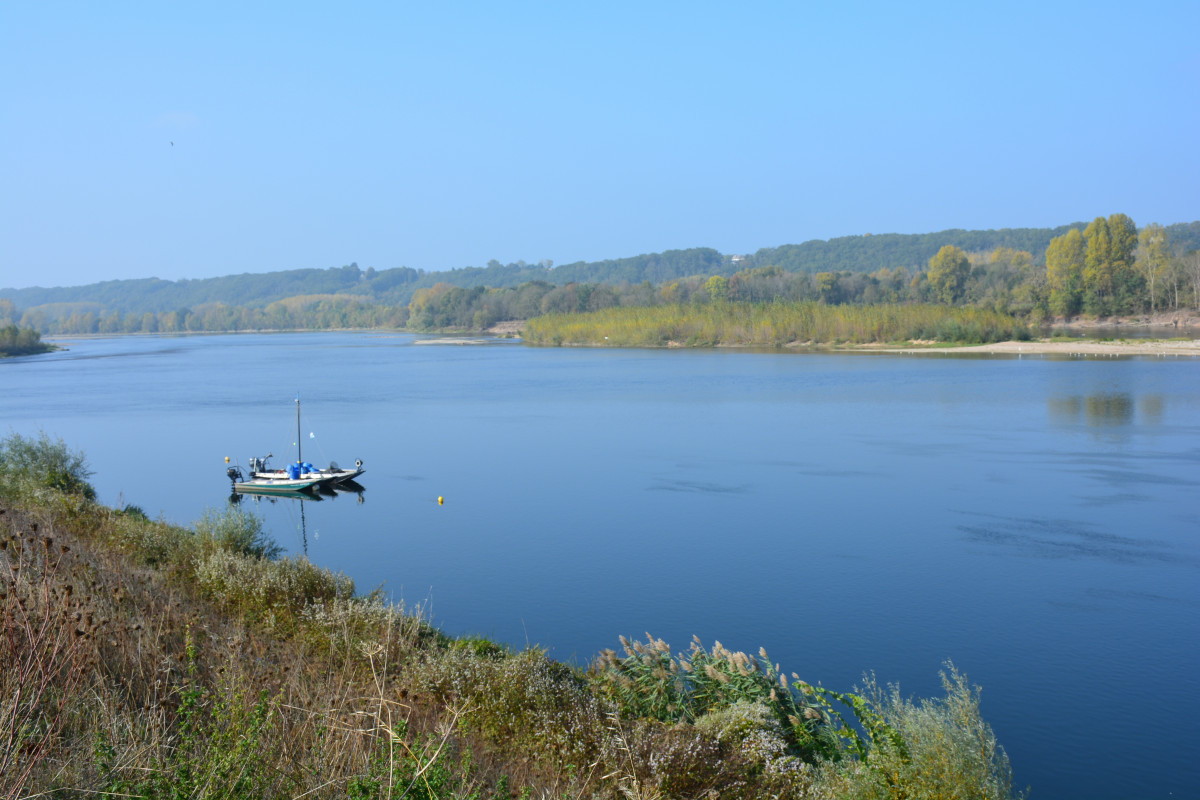Between Vienne and Chinonais

Saint-Germain-sur-Vienne
Between Vienne and Chinonais
Medium
3h
13,9km
+268m
-266m
Loop
Embed this item to access it offline
Description
- Halfway up the slope, you pass deep excavations. The large blocks extracted were used to build the most noble residences.
You then return to the heights of Saint-Germain to pass La Trochoire and La Roncheraie, two hamlets in the commune of Couziers nestling at the bottom of a dry valley. La Trochoire is an old manor house once used for sericulture. - View of the Véron bocage and the Avoine nuclear complex.
- Back in Falèche, head for the old Rassay windmill. From Haut-Rassay, you can see the overall silhouette of this cavier, which was in operation until 1945, but has lost its hucherolle and still preserves its massereau. From here, you reach the vineyards and farm of Château du Petit-Thouars.
- Climbing up the hillside riddled with troglodytic cellars, we skirt the château grounds to see a cylindrical dovecote topped by a lantern at the summit, with the elegant lines of Château du Petit-Thouars in the background.
- Departure : Saint-Germain-sur-Vienne's church
- Arrival : Saint-Germain-sur-Vienne's church
- Towns crossed : Saint-Germain-sur-Vienne, Couziers, and Candes-Saint-Martin
Forecast
Altimetric profile
Information desks
1 Rue Rabelais,, 37500 Chinon
Report a problem or an error
If you have found an error on this page or if you have noticed any problems during your hike, please report them to us here:
Source
SPL Saumur Val de Loire Tourismehttps://www.ot-saumur.fr/